"The most beautiful wood for knife handles that I've seen, and I've made a few knives, would be lilac wood. It has a tremendous grain."This is Mr Miron Rancea's comment on the article about quince wood. This is where the article below started. My curiosity led me to search for information and so I discovered that the bat is not only of a special colour and fibre but also one of the toughest species in Europe. Mr Rancea sent us the photos illustrating the text, the wood cut specially for this occasion confirming the hardness data. We thank him very much for his availability.
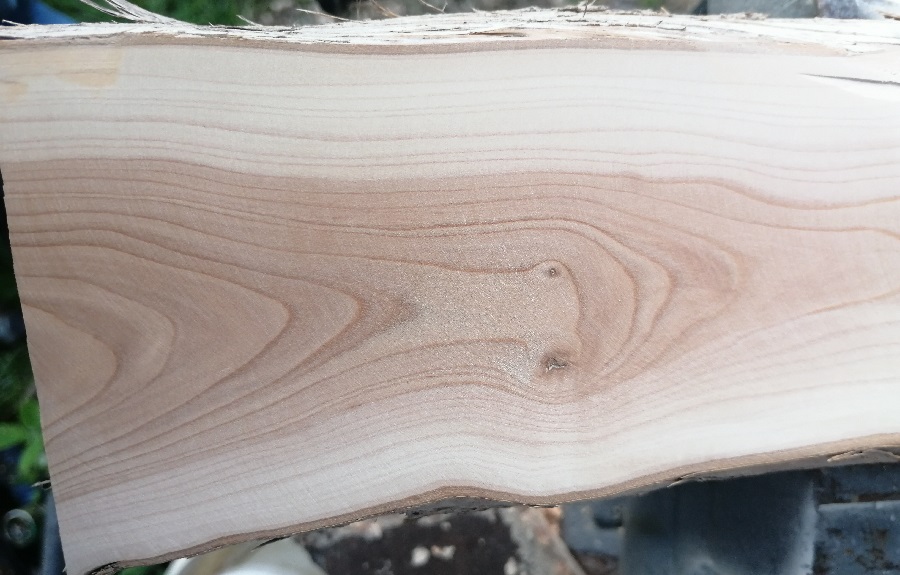
The bat, born from the Greek nymph Syringa
The Latin name of the bat is Syringa vulgaris. The name comes from the Greek nymph Syringa, also known as Styrux. Legend has it that Pan, the god of forests and fields, was in love with her and kept chasing her through the woods. But the love was not shared. One day, afraid of him, the nymph turned into a lilac bush to hide. Pan did not find it, but he discovered the bush and from its hollow stems he built a pipe. This is probably where the frequent mention of the use of lilac wood to make musical instruments comes from, but it is not backed up by concrete data.
Throughout history, the bat has been part of mythology and symbolism. Because of its sweet scent, the Celts believed it had magical powers, and in Victorian times it was a symbol of ancient love, the colour purple (lilac) often worn by widows. In Russia, a sprig of lilac was passed over a newborn baby to bring wisdom.
The bat flowers in spring and is therefore a symbol of renewal and confidence. Its flowers have different colours depending on the species, each colour symbolising something else. The white bat represents purity and innocence, while the purple symbolises spirituality. Flowers that are more blue in colour symbolise happiness and tranquillity, and the magenta red symbolises love and passion. Regardless of the colour, the blooming of the lilac is a joy for all and a sign that winter has passed.
The shrub preferred by American presidents
Lilac - lilac (English), lilac (French), lil (Italian), flieder (German) - belongs to the family Oleaceaeas well as olive tree, genus Syringa. There are 12 species in the same genus, differing in appearance - bush, shrub or small tree. There are other species in the world called lilacs (Persian or African lilac, for example), but they have nothing in common with the genus Syringa. Some sources say it is native to the Balkan peninsula, others that it comes from south-eastern Europe and Asia. It has been acclimatised in northern Europe since the 16th century, and arrived in America with the colonists, with Presidents George Washington and Thomas Jefferson being admirers of the lilac in their own gardens. It is now cultivated on all continents as a decorative shrub.
The bat does not grow very tall, but can reach up to 6-8 m. It produces secondary shoots from the base, which can reach 20 cm in diameter. Over time, if the secondary shoots are not cut back to leave only the central stem, it can develop a substantial bush. The bark is grey-brown, smooth on young stems and longitudinally bevelled on mature ones. Sometimes the cracked bark peels away from the trunk. The leaves are simple, oval-elongated, arranged in pairs or three in a spiral. The flowers are small and delicate, with 4 or 8 petals (doubled petals) and are gathered in dense, conical inflorescences 6-10 mm long. The colour of the flowers is purple or white, the purple ones having shades of blue to dark red. The fruit is a dry, smooth, brown capsule, 1-2 cm long, which unfolds to release winged seeds.
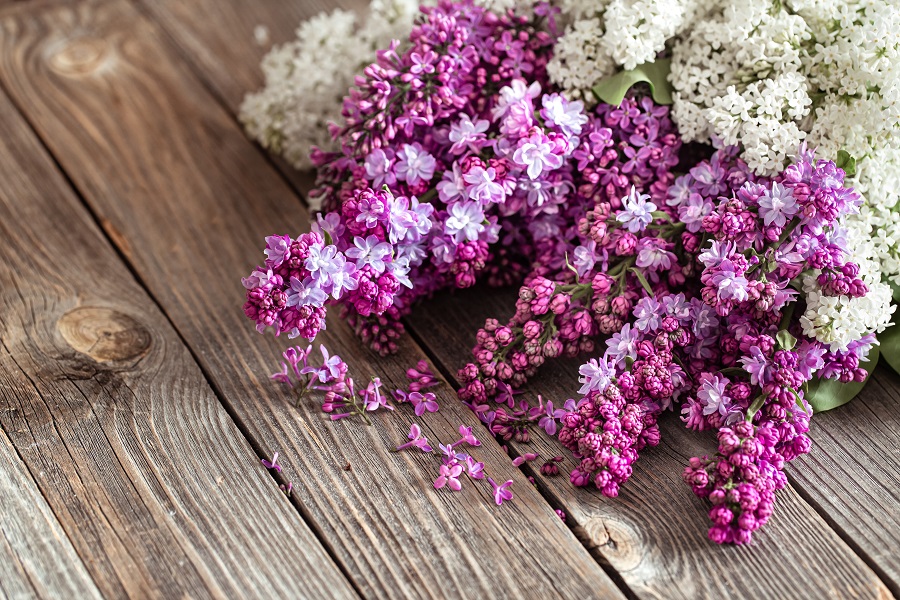
Bat wood - harder than white oak
The difference between sapwood and heartwood is visible in lilacs. Sapwood is very light, pale yellowish-white. Heartwood colour can vary from tan to reddish-brown and is often streaked or coloured purple, light blue or reddish, depending on the species. The fibre is fine, sometimes twisted, with a slight natural sheen. The annual rings are distinct in cross-section and sometimes differently coloured. Pores are conspicuous, semi-round, very numerous, small to medium in early wood and very small in late wood. Medullary rays are not visible to the naked eye and are very close together.
Bat wood is very dense and hard. Its density in the anhydrous state is 945 kg/m³ and Janka hardness 10440 N, twice that of white oak. "I didn't think it was that hard to process. It has the consistency of fiber similar to of hornbeam. It's crushing, the widia-plated canvas is burnt." - Mr Rancea said when he sent the photos. On some of the slabs you can see that the canvas was so hot that it burned the wood. I found sources that give it as one of the hardest species in Europe.
It dries slow and hard, cracks at the ends and shrinks a lot (10% more than species considered high shrinkage). Sometimes warps on drying, especially if the fibre is twisted. It needs to be processed with very sharp tools, and gives off a pleasant lilac-like smell when processed. It turns well and carves by hand quite easily. After sanding, it takes on a very fine appearance thanks to the delicate fibre. It is glued, coloured and finished without problems.
Because the small dimensions of the wood do not allow it to be used for large projects, there is no information on its resistance to rot and insect attack.
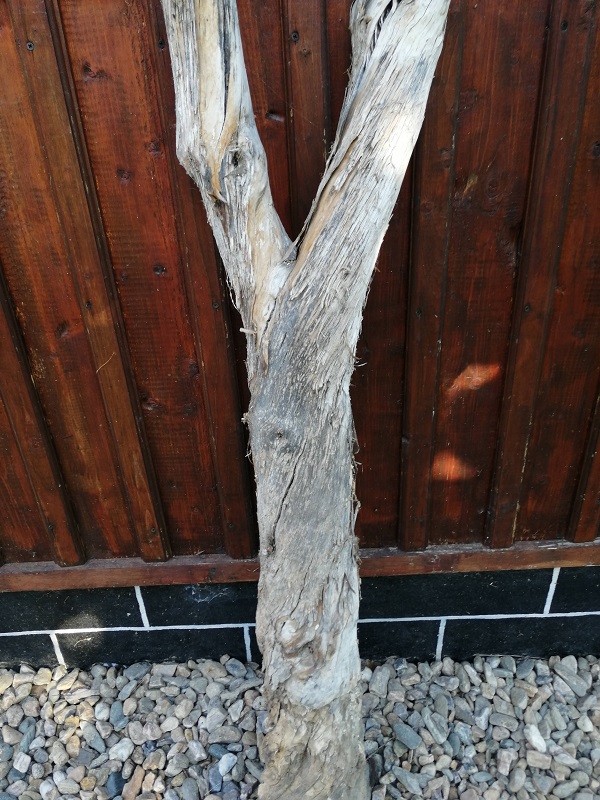
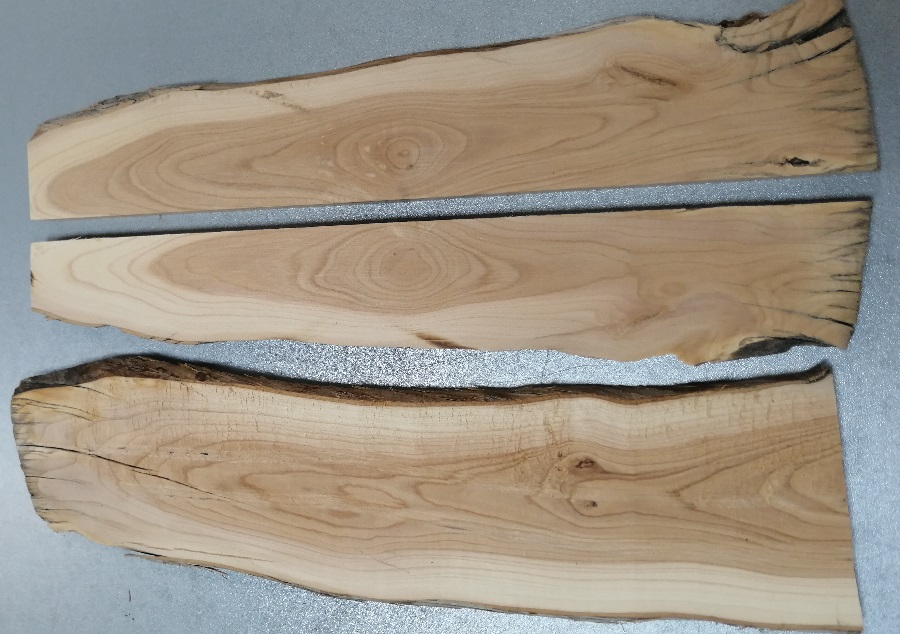
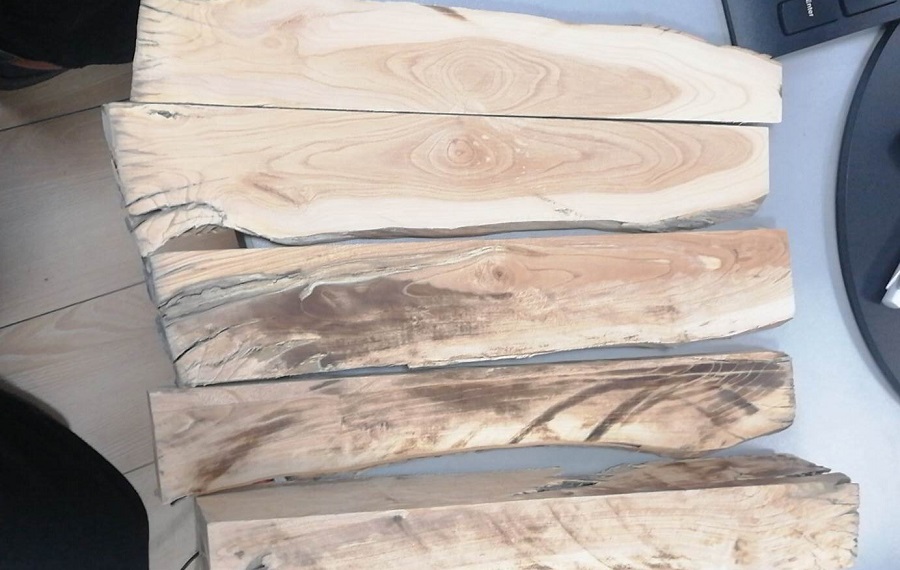
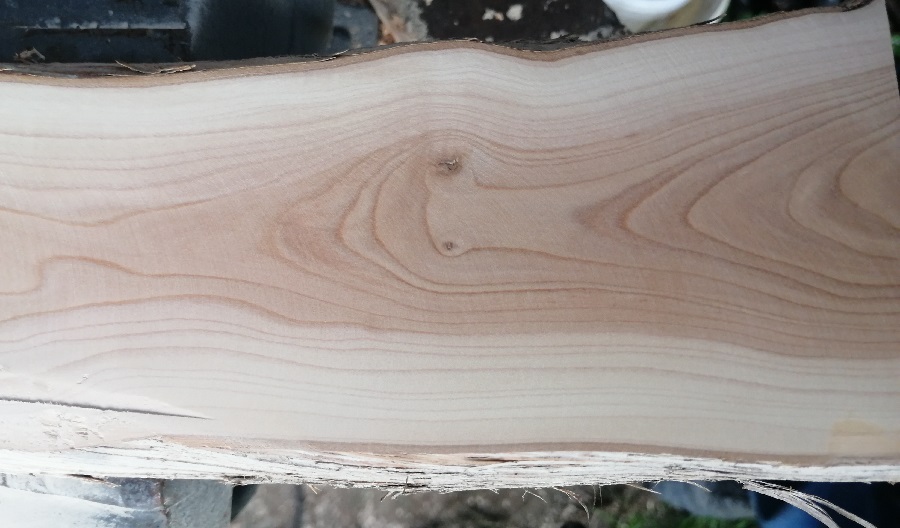
Wood suitable for pens, bowls, jewellery, spoons or decorative boxes
The lilac is an ornamental shrub, planted for its heralding spring flowers. As a wood, it is little used, especially by enthusiasts, to make small, unusual objects. The pieces of wood come from cut shoots when they are thick enough or when the plant has dried out for various reasons. The main problem is drying out and it is often very hard to find anything good among the cracked and twisted pieces.
The wood is used to make small turned objects (pens, rings), bowls, knife handles, pendants, decorative boxes. Thin shoots of coloured wood are used to make buttons. Straight pieces of wood can be glued together to make shredders or small table tops. The highly coloured wood is used to carve decorative spoons.
Bat wood burns smoothly, but it needs to be well dried so that it doesn't smoke too much and spark. It has a similar calorific value ash. As it burns it gives off a subtle, sweet smell. The twisted grain makes splitting more difficult the drier the wood. Splitting is recommended immediately after cutting.
It is also used for smoking of fish, cheese, poultry and lamb. The aroma is similar to that given by smoking with apple wood or cherry. Specialists recommend that the wood is healthy and well dried. The sap inside can give the meat an unpleasant taste.
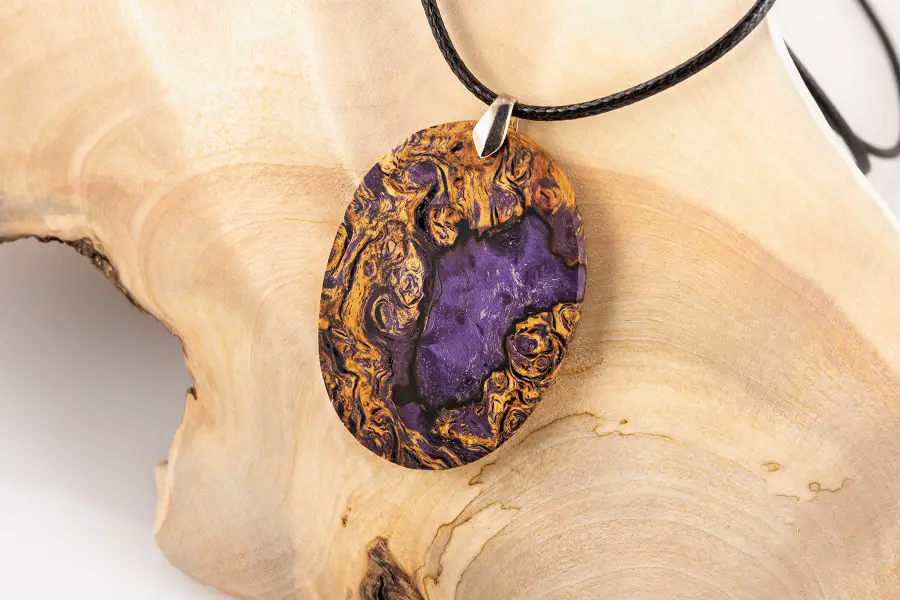
The bat in traditional medicine and in the kitchen
In traditional European medicine, lilac leaves and fruit have been used to treat rheumatism, colds, gout, coughs, abdominal pain. In North America tea from lilac leaves was frequently used to lower temperature and against intestinal worms. In traditional Asian medicine lilac bark was used to treat heart disease, bronchitis, toothache and to lower fever.
Flowers are also used in the kitchen. They make a pleasant and aromatic syrup used in alcoholic and non-alcoholic cocktails. They are edible and can be eaten raw or in pancakes. Put in doughs they give a pleasant appearance and colour and a slightly bitter-sweet taste.
I hope you find the above information interesting. As usual, additions are welcome. And if you have any questions or queries, please leave them in the space below. I'm sure I'll reply.
Do you want to know about the wood of a particular species? Search here, it is very possible to find them!






















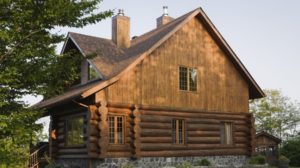
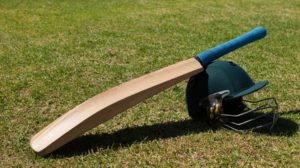
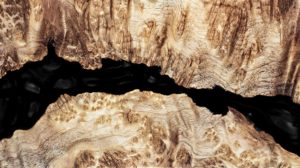
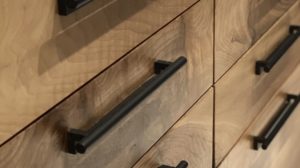

Add comment